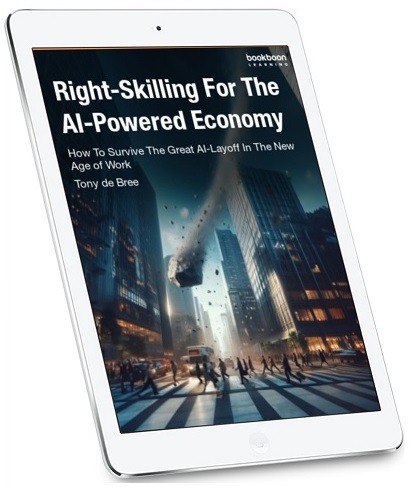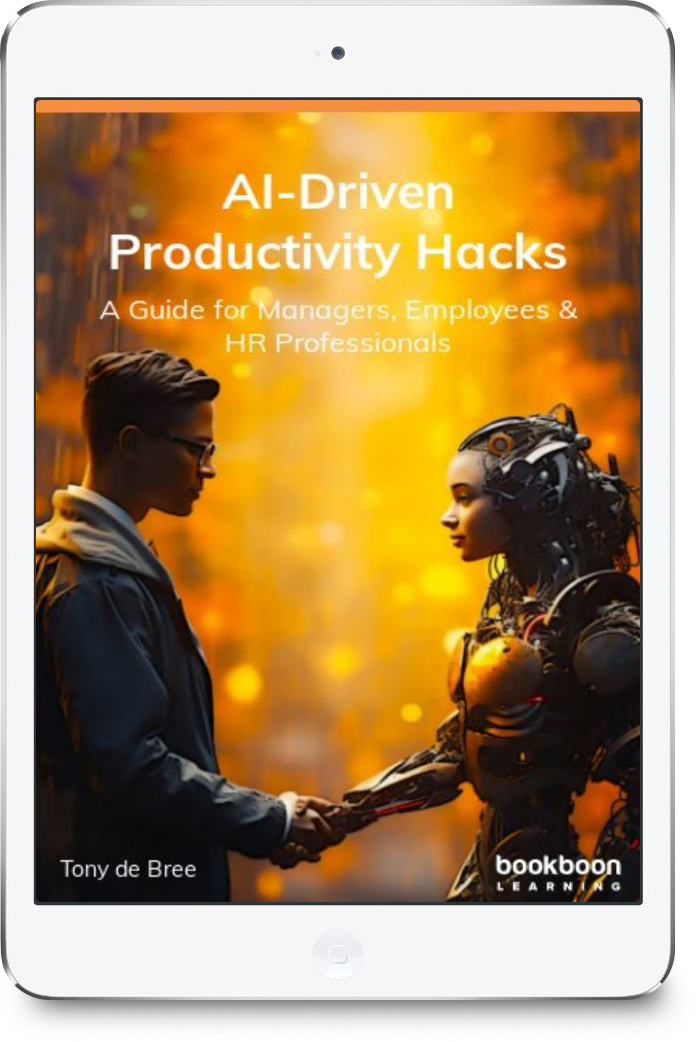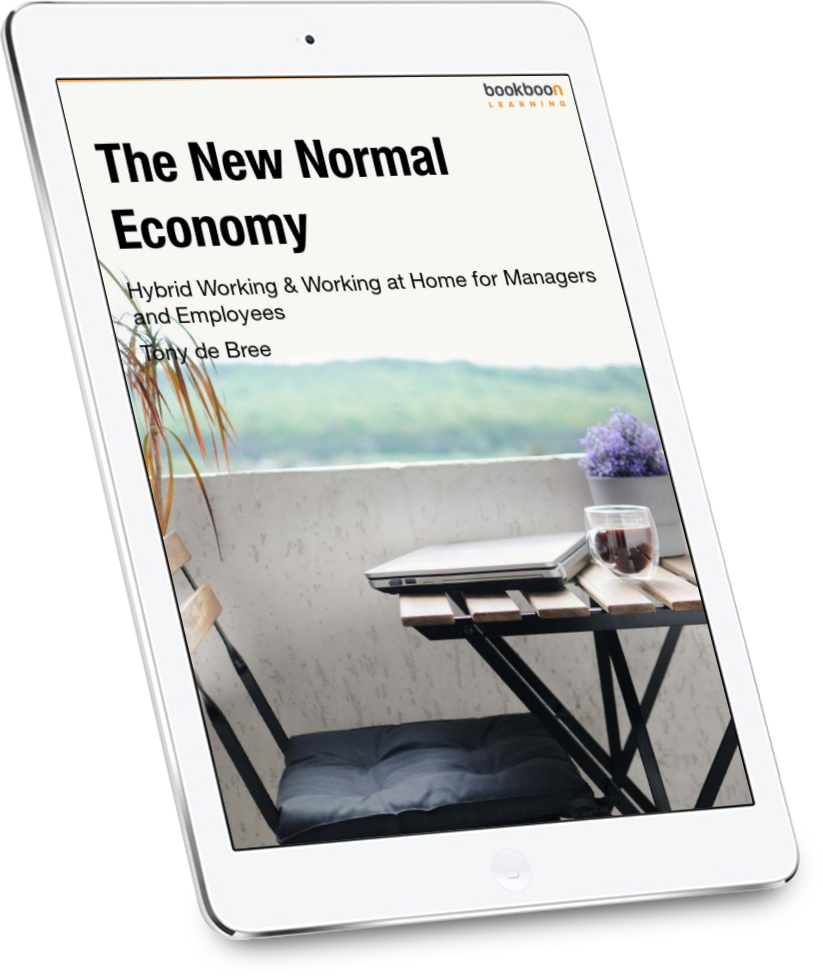What Is Collaborative Change Management?
Collaborative change management is THE preferred way in many large bureaucratic organizations, ‘large dinosaurs’, of implementing change in the organization by involving everybody in the whole of the organization who will be affected by it. The objective is to get everybody ‘on board’, meaning ‘agreeing’ with the change and the change strategy rather than simply telling them what to do.
Here are some of the key benefits of and at the same time a ‘holy cow in business’ around collaborative change management:
- Increased buy-in from all employees: When people feel like they have a say in how a change is implemented, they are more likely to be supportive of it.
- Improved communication: Collaboration can help to ensure that everyone is on the same page about the change.
- Reduced resistance to change: By involving people in the process, you can try to address their concerns and help them to see the benefits of the change.
- Better solutions: When you get a variety of perspectives involved, you are more likely to come up with the best possible change solution.
If you are considering implementing a change in your organization, then collaborative change is a great approach to consider in a number of situations when 1) the external environment is calm and stable or if the organization is small.
More: The Great AI-Layoff & Hire Tony As ICT or AI Boardroom Consultant
However, collaborative change is not always the right approach to change management, not the right change strategy in every situation for an invidual nor for an organization. Here are some cases where a different approach is better:
- Time-Sensitive Changes: If there’s an urgent need to implement a change due to a crisis or critical situation, the collaborative process might take too long. A quicker, top-down approach might be necessary to address the immediate need. Examples are for instance the lockdowns because of Covid-19 when a quick implementation of hybrid working, working at home and other foms of remote working had to be implemented fast:
- Highly Confidential Changes: If the change involves sensitive information or strategic decisions that need to be kept confidential, involving a large group might not be practical.
- Clear Direction with Limited Options: When the change has a clear direction and there are limited options to consider, extensive collaboration might not be necessary or even possible. A well-defined communication plan can effectively explain the change and its rationale.
- Technological Developments: Examples are the fast growth of the Internet after 2001, the number of smart phones and The Democratization Of AI and its impact on industries, business models and organizational designs.

Right-Skilling For The AI-Powered Economy
How To Survive The Great AI-Layoff In The New Age Of Work
$8.99
In these type of situations including sudden external events like the start of the War in Ukraine, consider an alternative change strategy such as informing employees clearly about the change and its rationale, providing training and support, or creating feedback mechanisms to address concerns but show real leadership and act fast and decisive.
The key is to choose the approach that best suits the specific situation and ensures a smooth and successful change implementation depending on the situation. We call that situational change management. In some cases, improving business processes and other elements of the AI-powered organizational design using AI is a good way to be more effective and more efficient:

Reach out.
If you want to secure the future of your work and income as full-time or part-time AI Management Consultant, contact us here today and we wil contact you for an free intake call and provide a quote:






